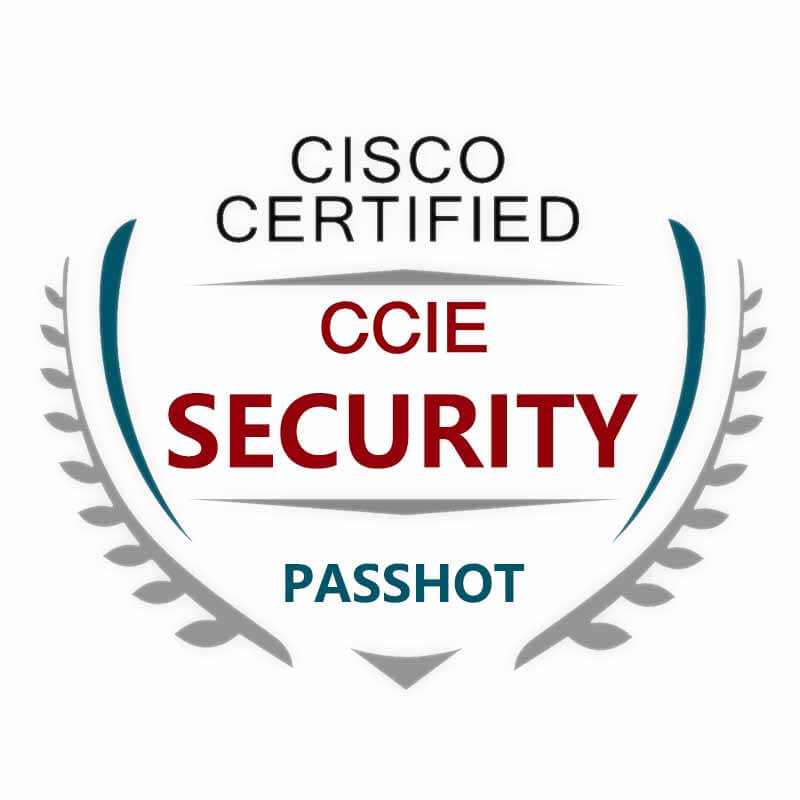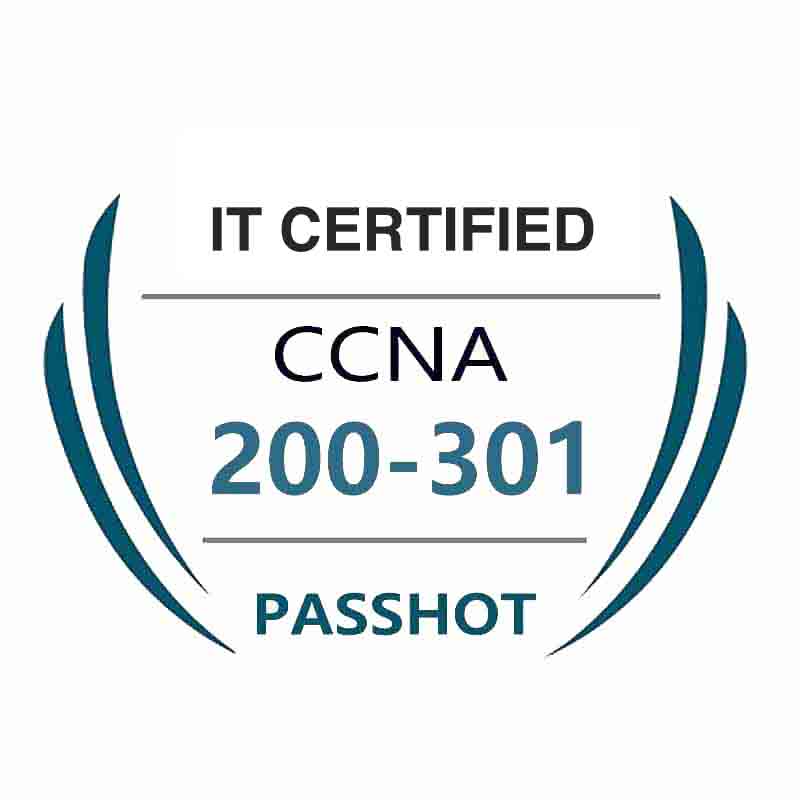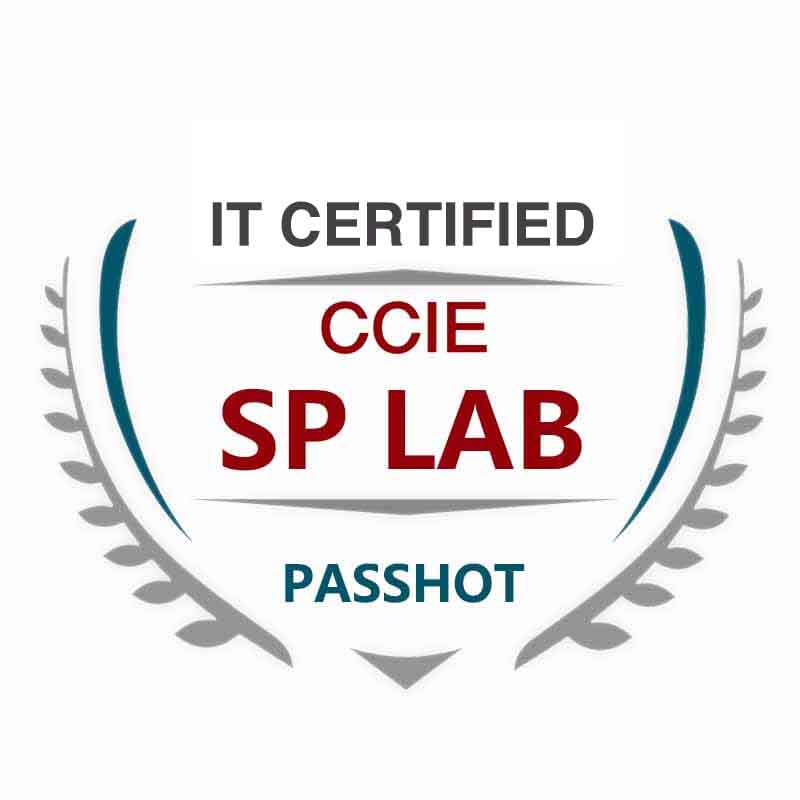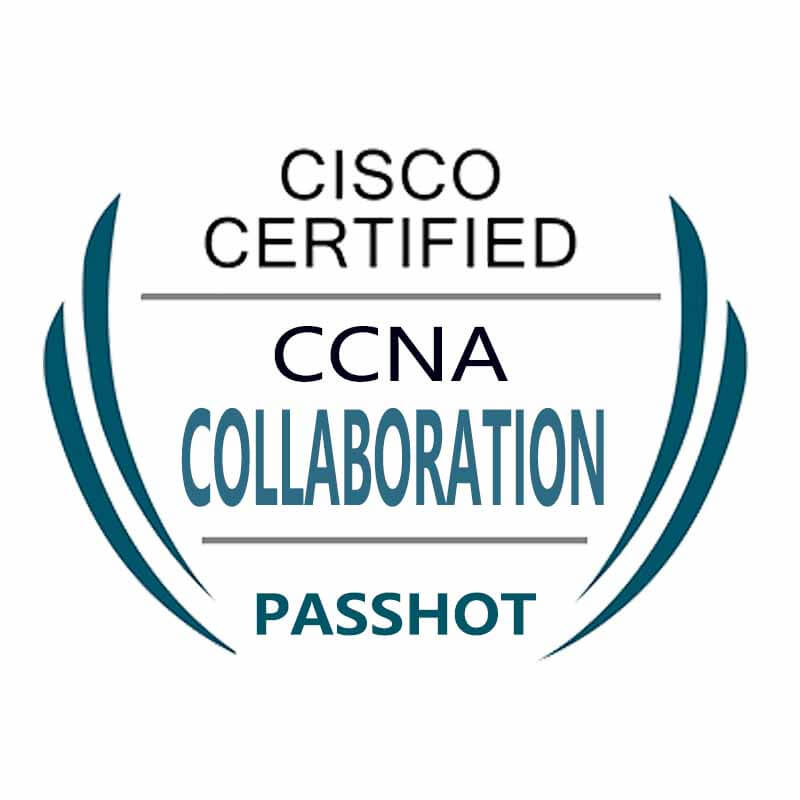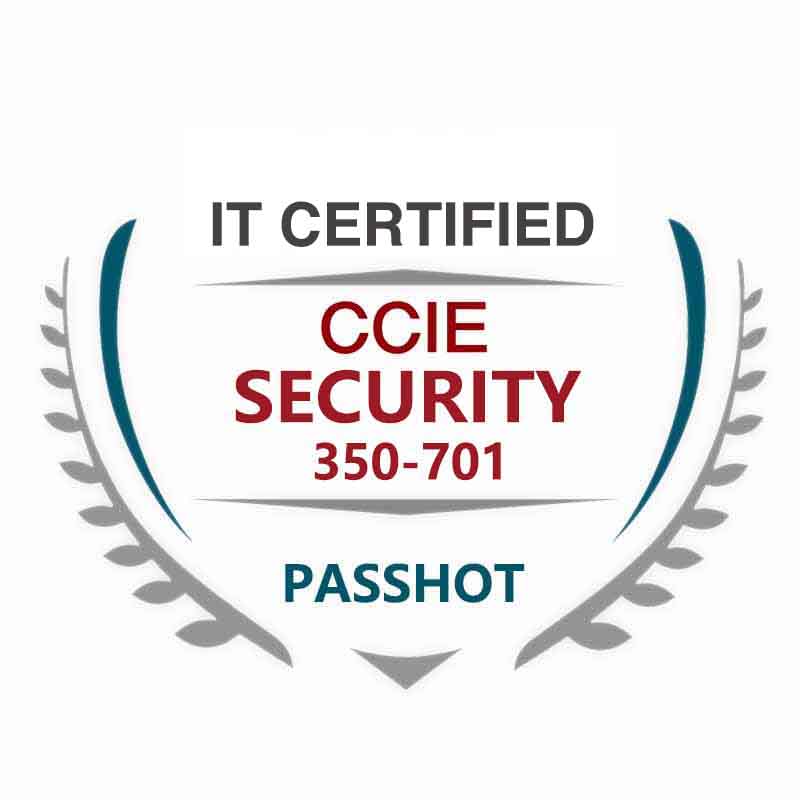100% Pass Cisco, PMP, CISA, CISM, AWS Dumps on SALE!
Get Now
01:59:56
X
Five advantages of NETCONF protocol
Today we will learn the detailed explanation of NETCONF protocol.
With the upsurge of SDN over the years, a ten-year-old protocol has once again attracted people's attention, and it is the NETCONF protocol.
The network configuration protocol NETCONF (Network Configuration Protocol) provides a mechanism for managing network devices. Users can use this mechanism to add, modify, and delete the configuration of network devices, and obtain configuration and status information of network devices.
Through the NETCONF protocol, network devices can provide standardized application programming interface APIs (Application Programming Interface), and applications can directly use these APIs to send and obtain configurations to network devices.
NETCONF (Network Configuration Protocol) is a network configuration and management protocol based on Extensible Markup Language (XML). It uses a simple RPC (Remote Procedure Call)-based mechanism to implement communication between the client and the server. The client can be a script or an application running on the network management system.
The advantages of using the NETCONF protocol are:
1. The NETCONF protocol defines messages in XML format and uses the RPC mechanism to modify configuration information. This can facilitate the management of configuration information and meet the interoperability of equipment from different manufacturers. .
2. It can reduce network failures caused by manual configuration errors.
3. It can improve the efficiency of using the configuration tool to upgrade the system software.
4. Good scalability, devices of different manufacturers can define their own protocol operations to achieve unique management functions.
5. NETCONF provides security mechanisms such as authentication and authentication to ensure the security of message transmission.
The basic network architecture of NETCONF mainly consists of several parts:
1. NETCONFmanager:
NETCONF Manager serves as the Client in the network, which uses the NETCONF protocol for system management of network equipment.
Send a request to the NETCONF Server to query or modify one or more specific parameter values.
Receive alarms and events actively sent by NETCONF Server to learn the current status of the managed device.
2. NETCONFagent:
The NETCONF Agent serves as the server in the network, which is used to maintain the information and data of the managed device and respond to the request of the NETCONF Manager.
The server will analyze the data after receiving the client's request, and then return a response to the client.
When a device fails or other events, the server uses the Notification mechanism to actively notify the client of the device's alarms and events, and report the current status change of the device to the client.
3. Configure Datastores:
NETCONF defines the existence of one or more configuration data sets and allows them to be configured. The configuration data set is defined as the complete configuration data set required to make the device enter the desired operating state from its initial default state.
The information that NETCONF Manager obtains from the running NETCONFAgent includes configuration data and status data
NETCONF Manager can modify the configuration data, and by operating the configuration data, make the state of the NETCONF Agent migrate to the state desired by the user.
NETCONF Manager cannot modify the status data. The status data is mainly related to the running status and statistics of the NETCONF Agent.
Like ISO/OSI, the NETCONF protocol also adopts a layered structure. Each layer packages a certain aspect of the protocol and provides related services to the upper layer. The hierarchical structure allows each layer to focus on only one aspect of the protocol, making it easier to implement, and at the same time reasonably decouples the dependencies between each layer, which can minimize the impact of changes in the internal implementation mechanism of each layer on other layers.
The content layer represents a collection of managed objects. The content of the content layer needs to come from the data model, and the original MIB and other data models have defects for configuration management such as not allowing rows to be created and deleted, and the corresponding MIB does not support complex table structures.
The operation layer defines a series of basic primitive operation sets used in RPC. These operations will form the basic capabilities of NETCONF.
The RPC layer provides a simple, protocol-independent mechanism for the encoding of the RPC module. The request and response data of the client and server of the NETCONF protocol are encapsulated by using the <rpc> and <rpc-reply> elements. Normally, the <rpc-reply> element encapsulates the data required by the client or the prompt message of successful configuration , When the client request message has an error or the server-side processing is unsuccessful, the server-side will encapsulate a <rpc-error> element containing detailed error information in the <rpc-reply> element to feed back to the client.
Transport layer: The transport layer provides a communication path for the interaction between NETCONFManager and NETCONF Agent. The NETCONF protocol can be carried by any transport layer protocol that meets the basic requirements.
The basic requirements for the bearer protocol are as follows:
For connection-oriented, a persistent link must be established between NETCONFManager and NETCONF Agent. After the link is established, reliable serialized data transmission services must be provided.
User authentication, data integrity, security encryption, NETCONF protocol user authentication, data integrity, security and confidentiality all rely on the transport layer.
The bearer protocol must provide the NETCONF protocol with a mechanism for distinguishing session types (Client or Server).
The above is the news sharing from the PASSHOT. I hope it can be inspired you. If you think today' s content is not too bad, you are welcome to share it with other friends. There are more latest Linux dumps, CCNA 200-301 dumps, CCNP Written dumps and CCIE Written dumps waiting for you.
Cisco Dumps Popular Search:
ccna certification latest version ccie service provider bootcamp how long does it take for plastic to deteriate in ccna total cost ccie dc lab workbook 9tut ccna share your experience ccna 200 301 study guide pdf new ccna vs ccnp ccnp switch notes ccnp switch experience
Copyright © 2025 PASSHOT All rights reserved.

